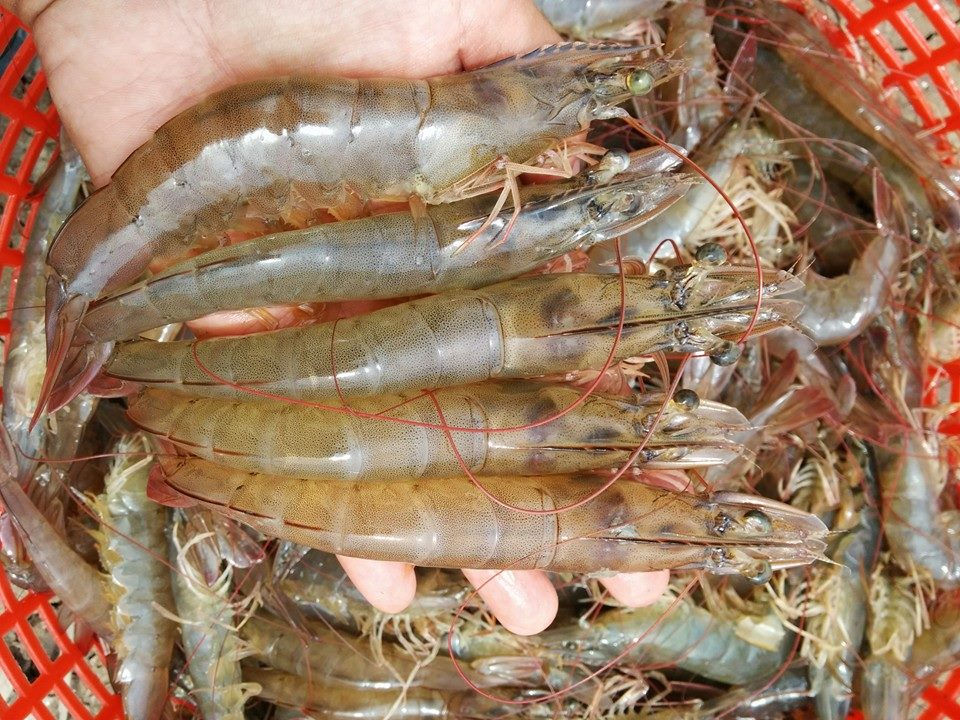
The aims of this research were to evaluate the zootechnical performance and dietary cost for the marine shrimp (Litopenaeus vannamei) cultured in a superintensive biofloc system and a conventional semi-intensive system using diets containing different protein levels.
Four different diets, with crude protein (CP) contents of 24.3, 30.3, 32.9 and 36.7% were produced. In the laboratory, experimental culture in the biofloc system was performed in twelve experimental units at a density of 250 shrimp m− 3, the four treatments were performed in triplicate.
The semi-intensive culture system was applied at the commercial farm in eleven ponds containing 15.5 shrimp m− 2. After 49 days, the zootechnical performance of the shrimp was rated, and the cost per kilogram of shrimp was produced by both culture systems. In the semi-intensive system, the shrimp fed with a diet containing 32.9% CP showed a higher final weight and weight gain and a lower dietary cost. In the biofloc culture, a higher final weight, weight gain, growth rate and productivity were observed in shrimp fed diets containing 30.3, 32.9 and 36.7% CP compared with those fed a diet containing 24.3% CP.
The lowest dietary cost of shrimp farming in the biofloc system was registered in the shrimp fed the 30.3% CP diet, whereas, in the semi-intensive system, the highest final weight, highest weight gain and lowest cost were observed in shrimp fed the 32.9% CP diet.
Source: Adolfo Jatobá et al. Aquaculture, Volume 432, 20 August 2014, Pages 365–371

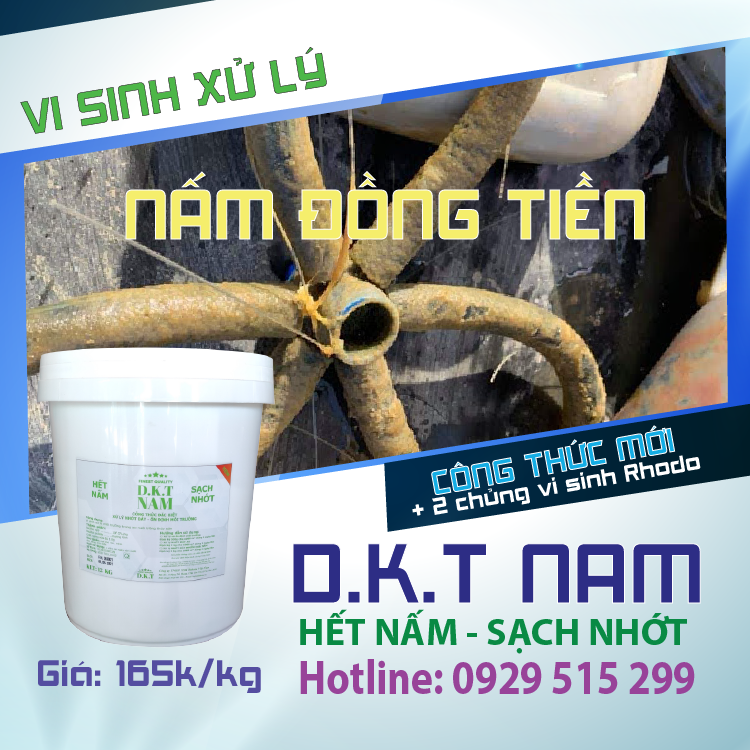

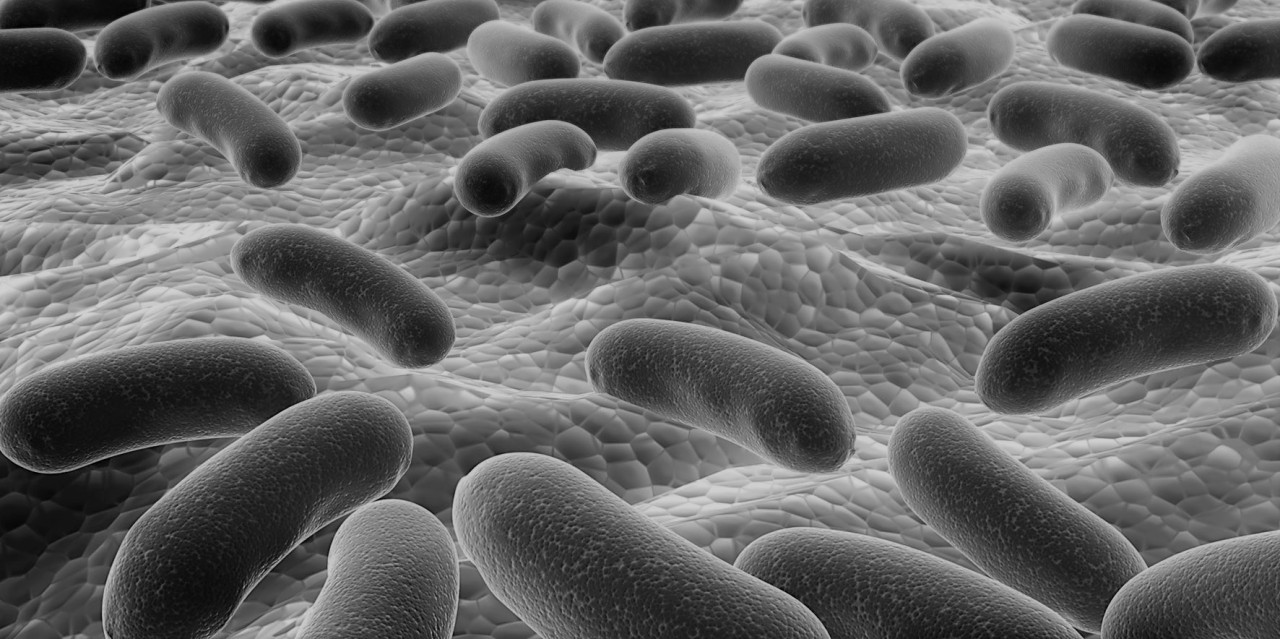
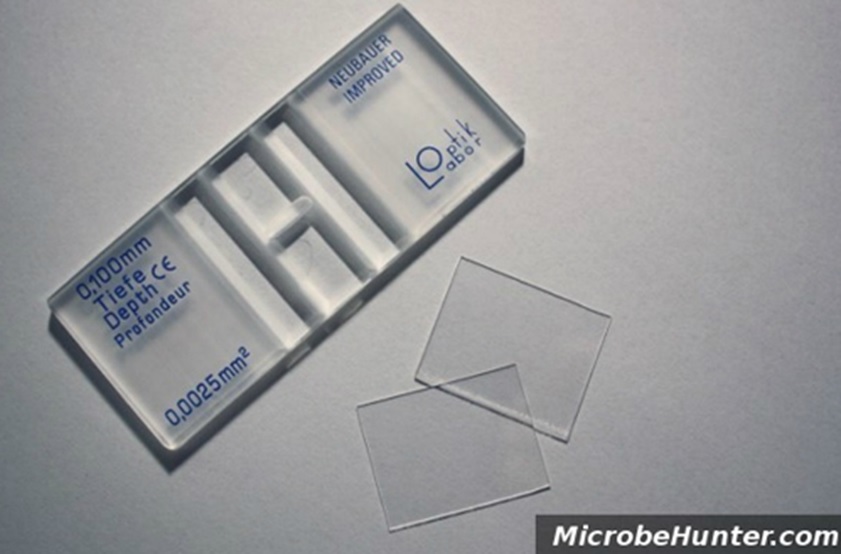
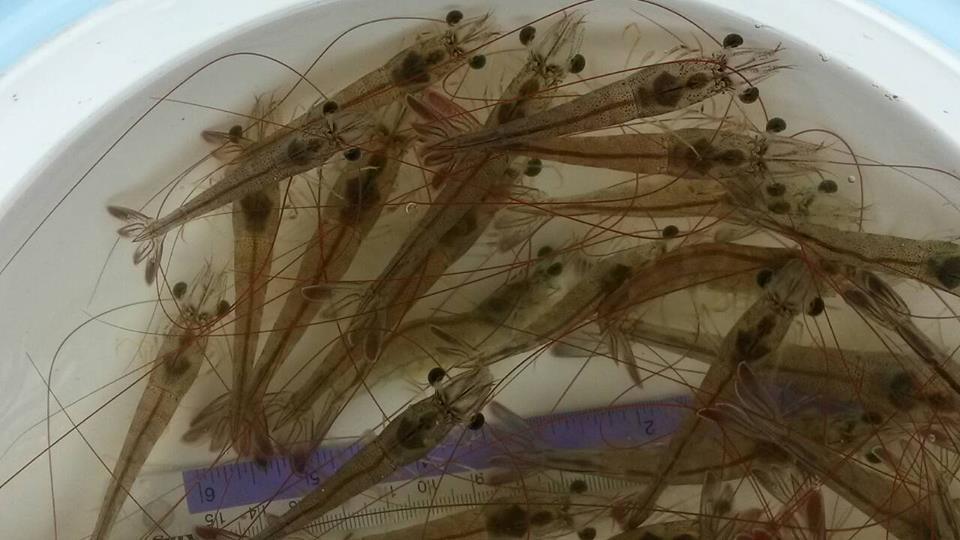
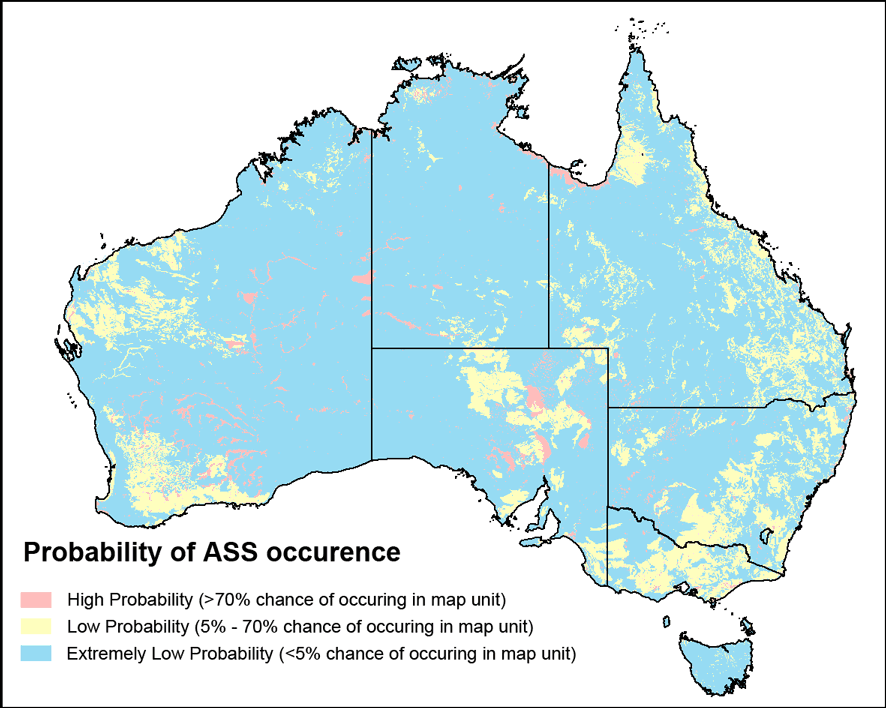

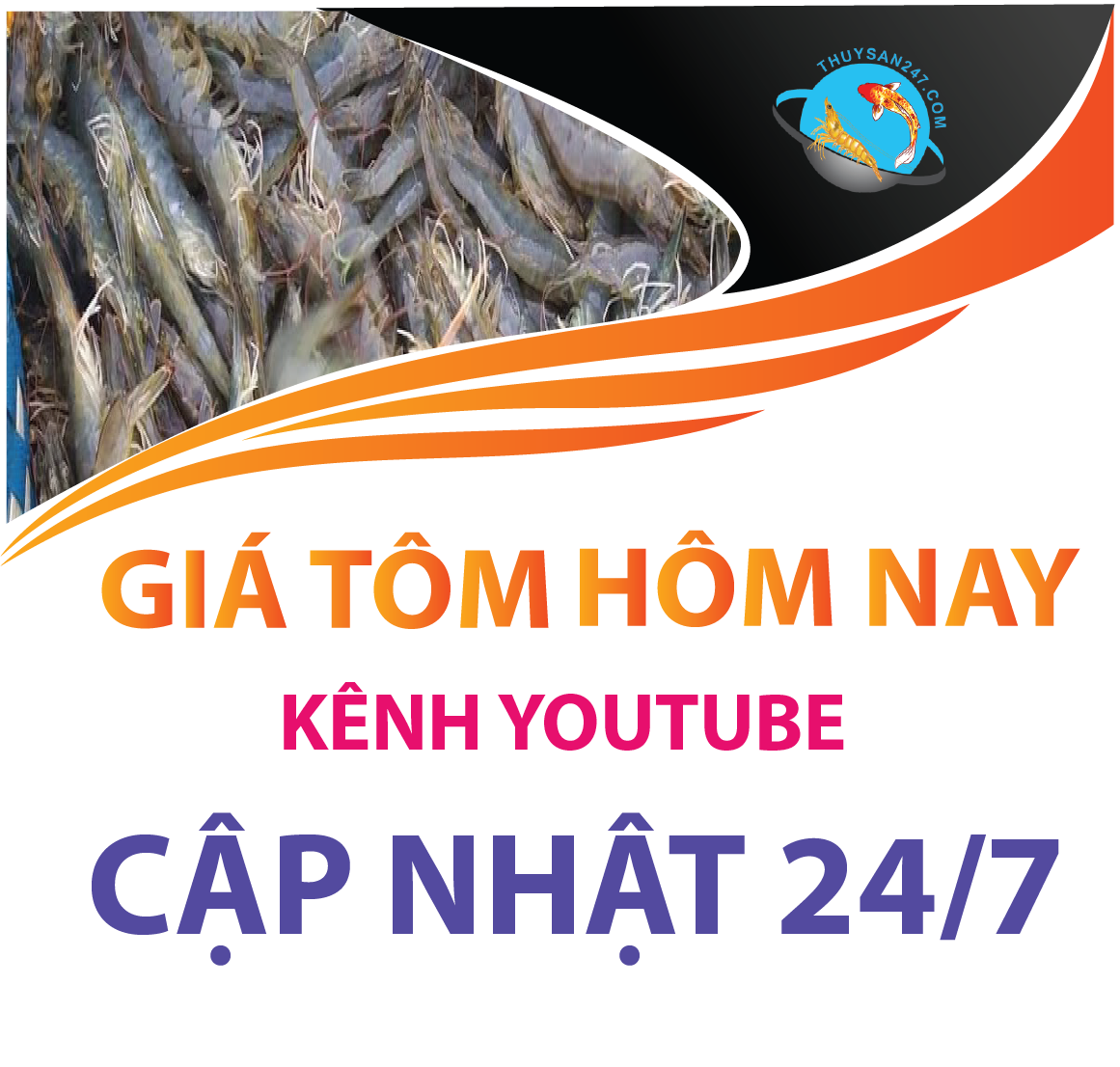
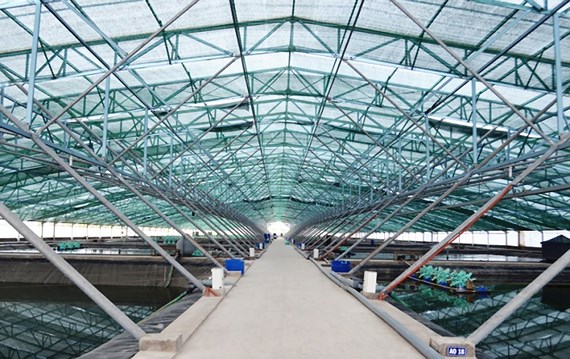

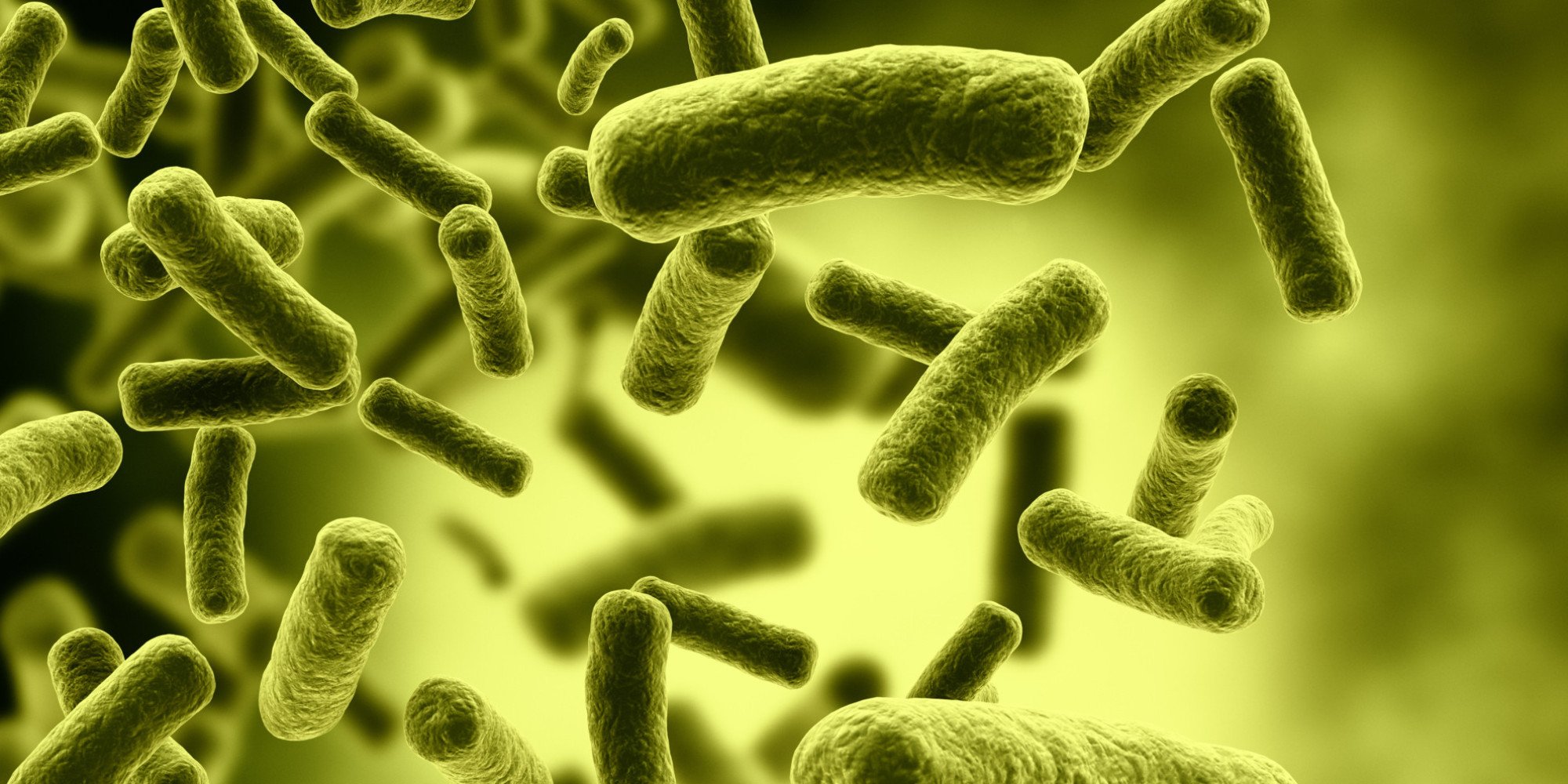
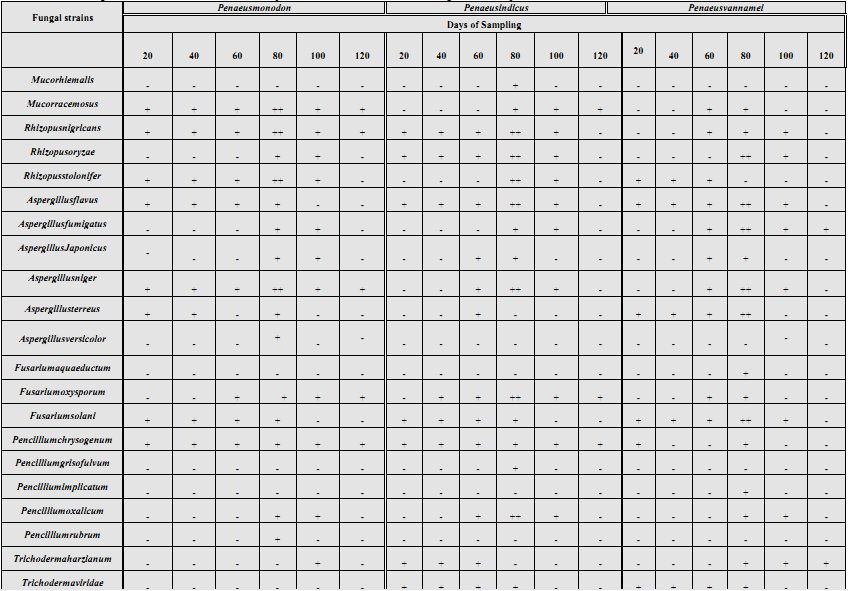
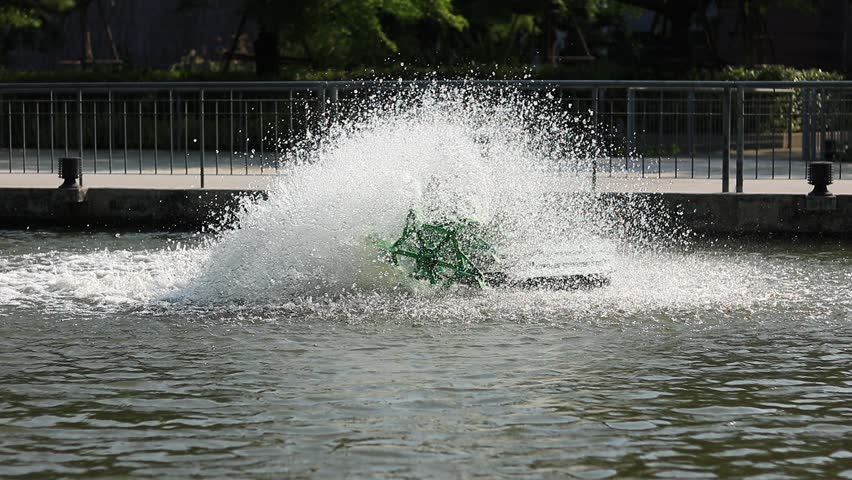
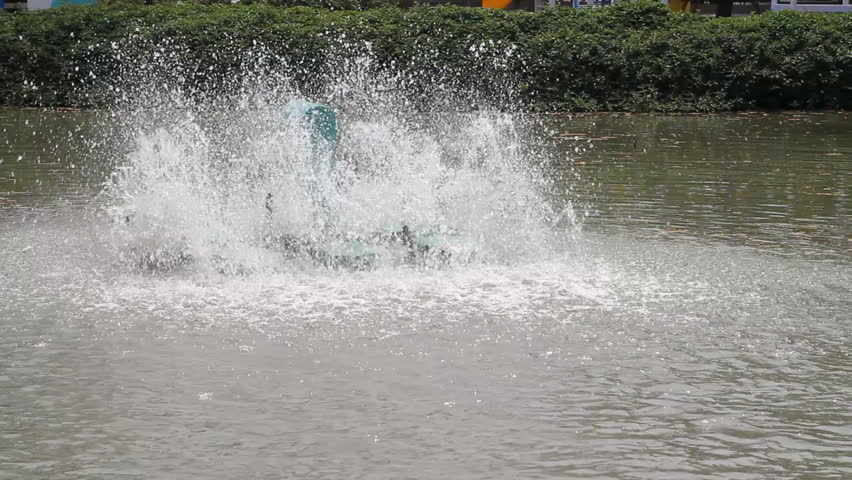
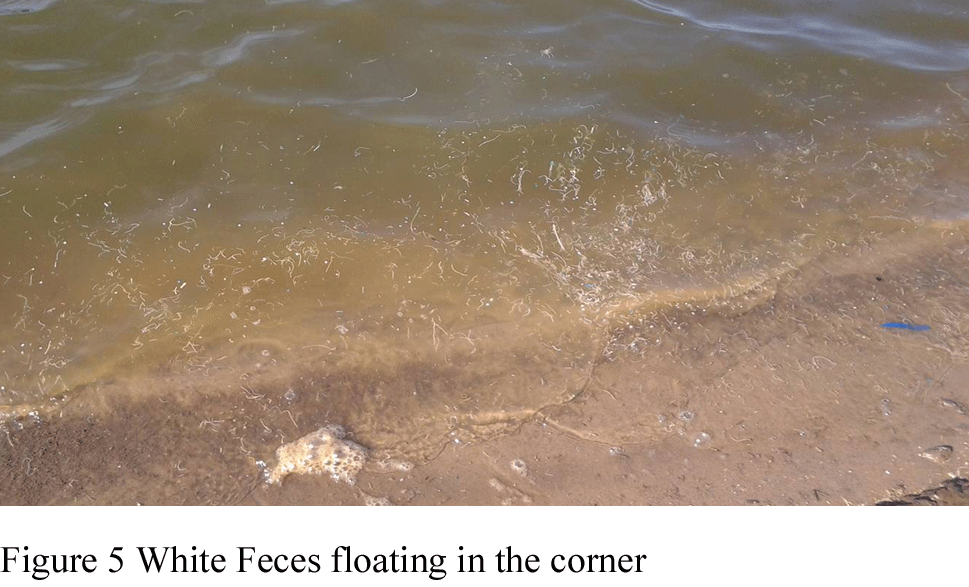
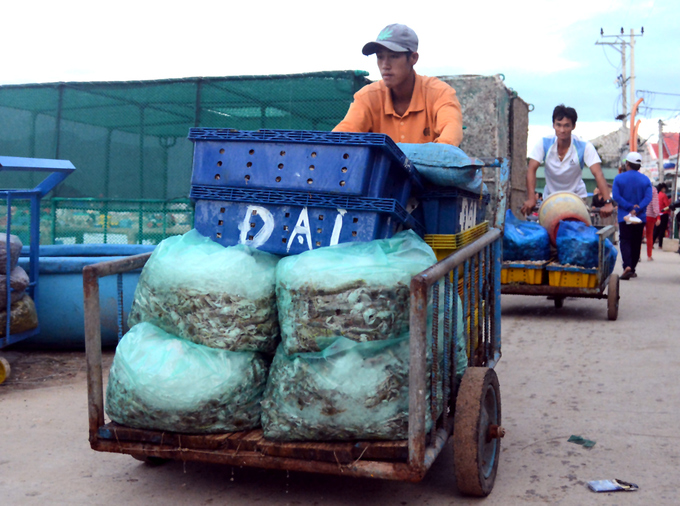

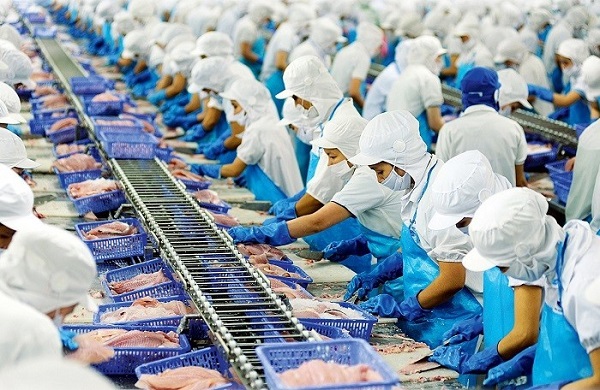
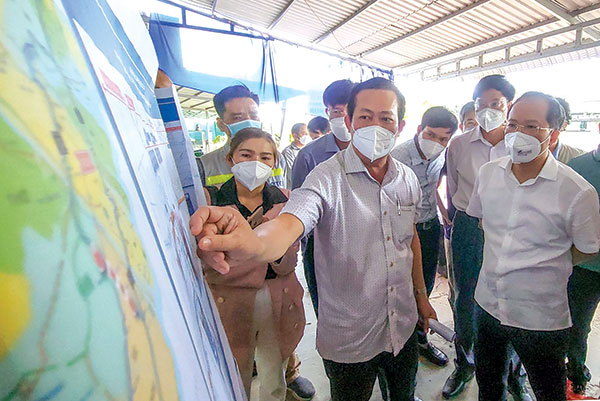
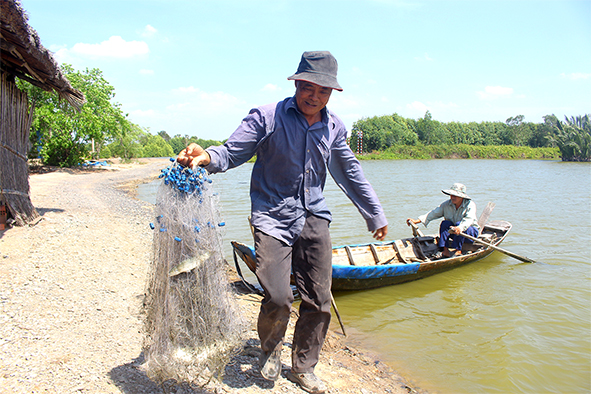
Bình luận bài viết